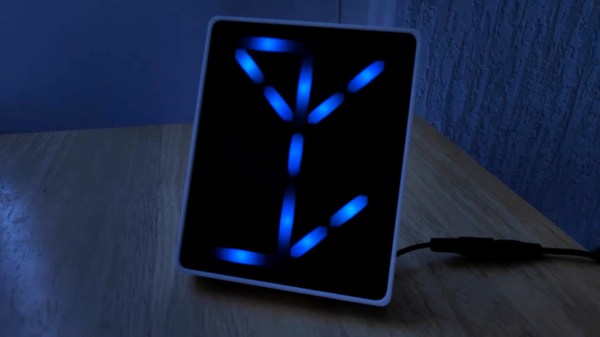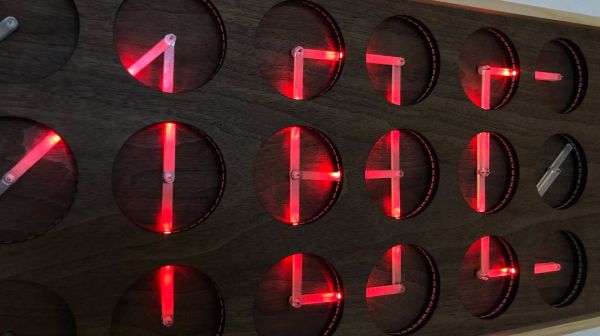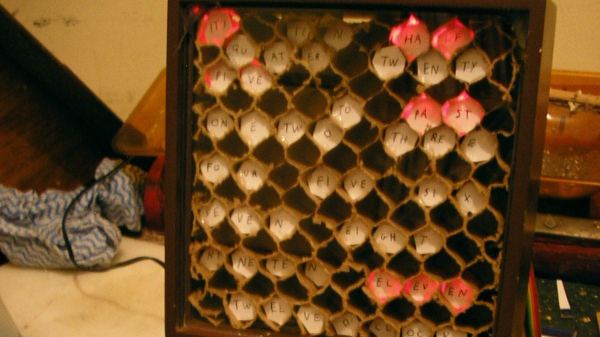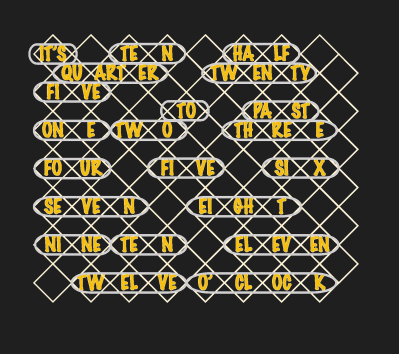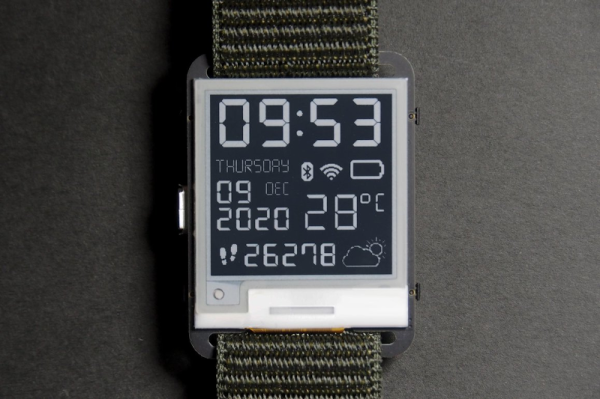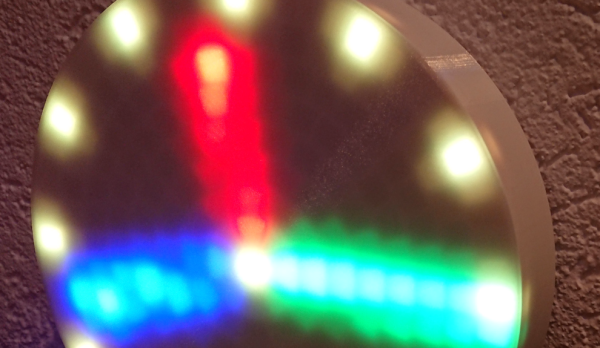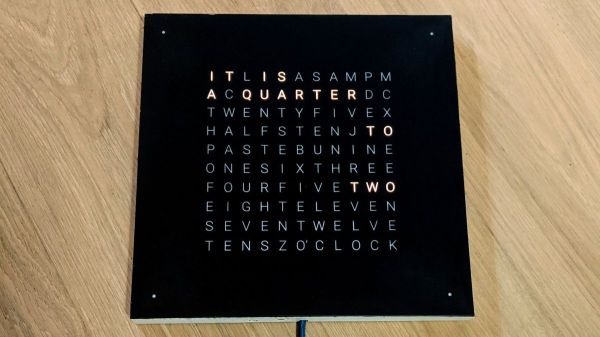We were beginning to think we’d seen it all when it comes to RGB clocks, but [andrei.erdei] found a fast path back into our hearts and minds. This clock is a digital representation of an ancient numeral system used by 13th century Cistercian monks before the Indo-Arabic system that we know and love today took over. It’s a compact system (at least for numbers 1-9,999) that produces numerals which sort of look like 16-segment displays gone crazy.

Every numeral has a line down the middle, and the system uses the four quadrants of space around it to display the ones, tens, hundreds, and thousands positions starting in the upper right corner.
[andrei] adapted the system to show time by assigning tens of hours to the thousands quadrant in the bottom left, hours to the hundreds quadrant in the bottom right, tens of minutes in the upper left, and minutes in the top right. The tricky part is that the system has no zero, but [andrei] just darkens the appropriate quadrant to represent zero.
The timekeeping is done with an ESP-01, and there are a total of 31 RGB LEDs including the middle bit, which blinks like a proper digital clock and doubles as a second hand. As usual, [andrei] has provided everything you’d need to build one of these for yourself. We admit that the system would take a little time to learn, but even if you never bothered to learn, this would make a nice conversation piece or focal point for sitting and staring. Take a minute to check it out in action after the break.
We love a good clock build no matter how it works. Sink your teeth into this clock that’s driven by a tuning fork.
Continue reading “Oh Brother, Would You Look At This Cistercian Clock”

